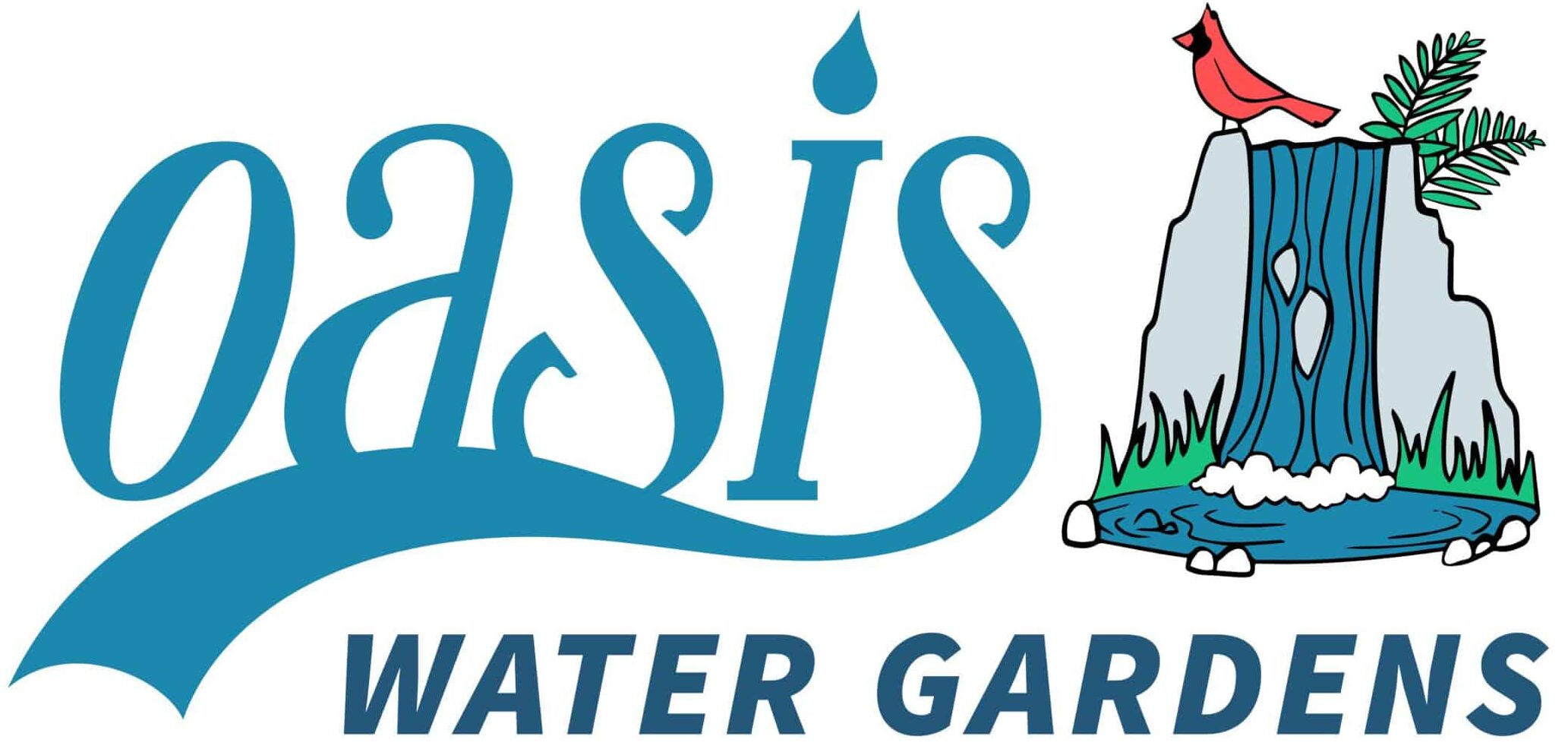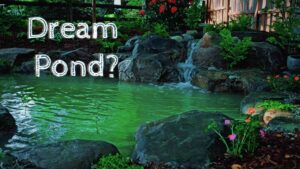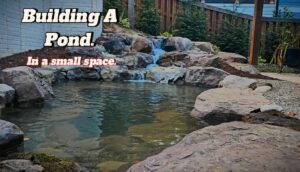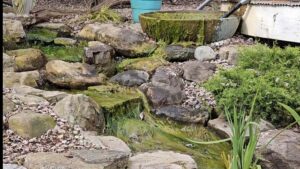Plants & Beneficial Bacteria
A thriving pond ecosystem depends on beneficial bacteria that live in the biological filter, rocks, and gravel. These microbes play a crucial role in keeping water crystal clear and reducing maintenance by breaking down organic debris and consuming excess nutrients, much like aquatic plants. Establishing a strong bacteria colony early in the season is essential for maintaining a balanced, low-maintenance pond.
Seasonal Bacteria Treatments
Water Temperature Above 40°F
- Kickstart your pond’s ecosystem with one dose of Pond Starter Bacteria to help reestablish beneficial microbes.
Water Temperature Below 50°F
- Maintain water clarity and nutrient balance by applying regular treatments of Cold Water Beneficial Bacteria.
Water Temperature Above 60°F
- Switch to Beneficial Bacteria formulated for warmer temperatures to support a thriving ecosystem throughout the season.
By following these steps, you’ll create a healthy, self-sustaining pond that requires minimal upkeep while maintaining beautiful, clear water year-round.
Feeding Your Fish – Spring Guidelines
As the water warms up, your fish become more active, but their feeding schedule should align with water temperature to keep them healthy. Feeding them too soon can lead to digestion issues and illness, so it’s important to wait for the right conditions.
Water Temperature & Feeding Recommendations
50°F – 60°F:
- Wait until your pond water reaches 50°F before feeding your fish. Below 50°F Their metabolism is still too slow to properly digest food, which can make them sick.
- Once feeding begins, start with small amounts of a high-quality cold-water fish food.
Above 60°F:
- As temperatures rise, transition to a nutrient-rich formula for daily feeding,
Following these temperature-based feeding guidelines will support your fish’s health, boost their energy, and keep them thriving all season long!
Algae Blooms – What to Expect in Spring
As water temperatures consistently reach 50°F, plants and beneficial bacteria begin to grow and establish themselves in your pond. These natural elements play a crucial role in absorbing excess nutrients—the same nutrients that algae thrive on.
However, until your plants and bacteria become fully active, you may experience spring algae blooms, especially string algae. This is a normal part of the seasonal transition and will naturally balance out as your pond’s ecosystem strengthens.
By allowing your plants and bacteria to establish, you’ll create a healthy, clear pond with minimal algae growth as the season progresses.
Why Clean Your Pond in the Spring?
Just like the rest of nature, spring is the perfect time for a pond cleaning! As temperatures rise, everything in your pond becomes more active—fish, plants, and yes, even algae. A spring cleanout mimics the natural process seen in streams, rivers, and lakes, where seasonal rainfall flushes out sediment, leaves, and organic debris built up over the winter months.
In natural ecosystems, melting snow and spring rains increase water flow, which push organic material downstream, preventing buildup and helping aquatic life thrive. In backyard ponds, this natural cycle doesn’t occur on its own. Without a proper cleaning, organic debris like fish waste, leaves, and decaying plant matter can create excess nutrients, leading to unsightly algae blooms and poor water quality. A thorough cleanout resets the ecosystem, ensuring a clear, healthy pond all season long.
What’s a Spring Pond Cleaning?
A spring pond cleaning involves several key steps:
Draining the pond and deep-flushing boulders and gravel to remove built-up muck.
Removing leaves, branches, fish waste, and algae to prevent nutrient overload.
Cleaning filter mats in the skimmer and biofalls to maintain proper filtration.
Inspecting and cleaning lights and aerators to ensure they function properly.
Trimming back overgrown aquatic plants and repotting or fertilizing lilies.
Adding time-release fertilizer for low maintenance waterlilies with incredible blooms!
Why Is Removing Organic Waste So Important?
Excess organic material = excess nutrients. Fish waste, decaying leaves, and sludge release nutrients into the water, which fuel competing organisms like algae. By physically removing this organic waste, we prevent algae from taking over. The goal is to starve algae of nutrients while encouraging beneficial bacteria that keep the ecosystem balanced.
Pro Tip: A thin biofilm on rocks and gravel and some mild string algae are actually beneficial! They contribute to a natural ecosystem—the goal is to prevent sudden algae blooms that can disrupt water clarity and health.
Filter & Skimmer Cleaning: A Critical Step
The filter mats in your skimmer and biofalls trap debris and support beneficial bacteria colonies. These mats generally need to be cleaned once per year, though ponds with heavy fish loads (especially large koi) may require more frequent maintenance.
Clean these mats using pond water (instead of tap water) to protect the bacteria colonies. This ensures the pond stays biologically balanced while removing built-up sludge and waste.
Inspecting & Cleaning Lights and Aerators
While the pond is drained, it’s a great time to check and clean pond lighting and aerators:
Lights: Algae buildup on light fixtures can reduce brightness, affecting nighttime visibility. A quick clean ensures your lighting remains vibrant and effective.
Aerators: If aerators are covered in debris, they lose efficiency and provide less oxygen to the pond. Make sure they are clean and fully operational.
Why You Should Add a Tropical Water Lily
If your pond is in full sun, adding a tropical water lily can help control algae naturally. Their large leaves provide vital shade, reducing sunlight exposure and limiting algae growth.
We recommend planting lilies in Heavy-Duty Aquatic Plant Pots—these breathable fabric pots allow for better root oxygenation and increased nutrient absorption, making the plant even more effective at keeping your pond clear. Adding a time-release fertilizer at this stage ensures beautiful blooms all season long.
Final Thoughts
Spring pond cleaning is the best way to reset your pond’s ecosystem and set the stage for a beautiful, low-maintenance season. By removing organic waste, optimizing filtration, and maintaining plants and equipment, you create a thriving, balanced water feature that you’ll enjoy all year long!
Ready to get your pond cleaned for spring? Contact us today to schedule a cleaning!





